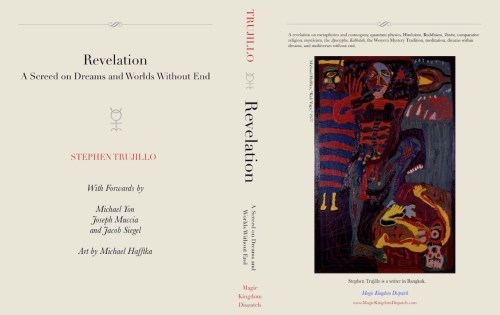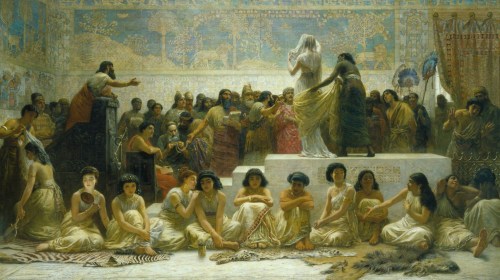Revelation: A Screed on Dreams and Worlds Without End


Revelation cover treatment including Kālī Yuga, 1977 by Michael Hafftka.
It occurs to me that I forgot to announce publication of my third book, Revelation, on Samizdat. So those of you who follow me here but not on my other site, Magic Kingdom Dispatch, may not know that I published this work.
Revelation is a metaphysik, a revelation on metaphysics, cosmogony, quantum physics, Hinduism, Buddhism, Tantra, the Apocrypha, Kabbalah, the Western Mystery Tradition, dreams within dreams and multiverses without end. Revelation includes art by the figurative expressionist painter Michael Hafftka: Kālī Yuga, 1977.
Revelation is now on sale at Amazon, Barnes & Noble, GooglePlay and Apple iBooks. The full text is available free on Academia, ResearchGate, and GoogleBooks. I made Revelation freely available as Revelation differs from my first book, A Tale of the Grenada Raiders: it steps outside that narrative. Indeed, it explains it. Read the rest of this entry »



